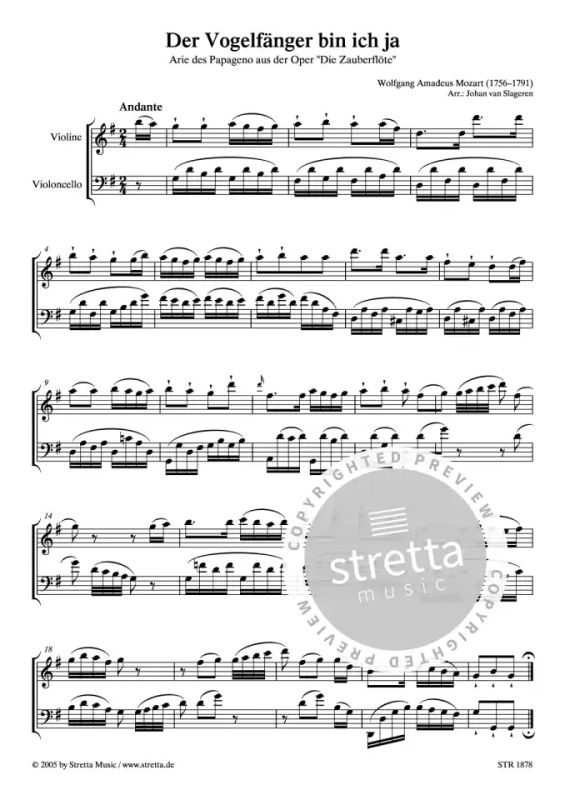
Yet, the colon being considered as a plug-flow system, the fecal microbiome is nothing else than a colon microbiome that has undergone community and metabolic shifts during transit from the proximal colon to the rectum. The fecal microbiome is significantly different from the in vivo colon microbiome, both in terms of composition as metabolic activity. Because of the inaccessibility of the human colon region to take a representative microbial inoculum, the fecal microbiota is chosen as inoculum to the colon compartments of the SHIME reactor. The emphasis of the SHIME ® system is primarily put on the simulation of the colon microbial community. Depending on the human target group of interest the retention time may vary from 24 h to 72 h. Retention times in the upper digestive tract can be modulated by changing the flow rates from the gastric and intestine compartments, while retention times from the colon compartments are primarily modulated through a change in compartment volume. The three colon compartments are continuously stirred with constant volume and pH control. Upon digestion in the gastric and intestine compartments, the slurry is pumped in the ascending colon vessel where colon digestion is initiated. The medium is composed of complex carbohydrate and protein sources with addition of mucins and a mineral and vitamin mix (Molly et al. The first two reactors follow a fill-and-draw principle adding three times a day a defined nutritional medium to a gastric compartment, and pancreatic and bile liquid to a small intestine compartment. It contains double-jacketed glass vessels that are connected through peristaltic pumps (Fig. The entire SHIME reactor operates at 37 ☌. The SHIME differentiates from the Reading model by incorporation of upper digestive tract conditions, leading to a succession of five compartments simulating the upper (stomach, small intestine) and the lower (ascending, transverse and descending colon) digestive tract. ( 1989) and mimics the conditions in the ascending, transverse and descending colon regions.
#Ich van der gut trainslation simulator
Technically, the SHIME is an evolution of the simulator of the University of Reading introduced by Macfarlane et al.

1989 Miller and Wolin 1981), from which the SHIME was one of the last in this generation of gut simulators.

Several multi-compartment reactors were therefore developed to simulate the different conditions of the colon lumen (Macfarlane et al. This makes it impossible to simulate a representative culture of colon microbiota in one compartment. While the latter systems typically make use of one single fermenter, the colon is a very heterogeneous region with clear differences in substrate availability, fermentation activity, microbial composition and several environmental conditions.

In order to maintain the inoculated intestinal microbiota over a longer timeframe, semi-continuous fermenters were developed where the intermittent supplementation of nutritional medium and the removal of microbial suspension could be simulated (Miller and Wolin 1981). While inoculation of fecal microbiota into single-stage chemostats was a first attempt to mimic colon conditions, it was only useful for limited periods of time since environmental parameters such as pH, redox potential, available nutrients and microbial population dynamics constantly change. The development of multi-compartment simulators of (parts of) the human gut originated from the awareness that fecal microbiota significantly differ from the in vivo colon microbiota in terms of community composition and metabolic activity. The Simulator of the Human Intestinal Microbial Ecosystem (SHIME) is a multi-compartment dynamic simulator of the human gut developed in 1993 (Molly et al.


 0 kommentar(er)
0 kommentar(er)
